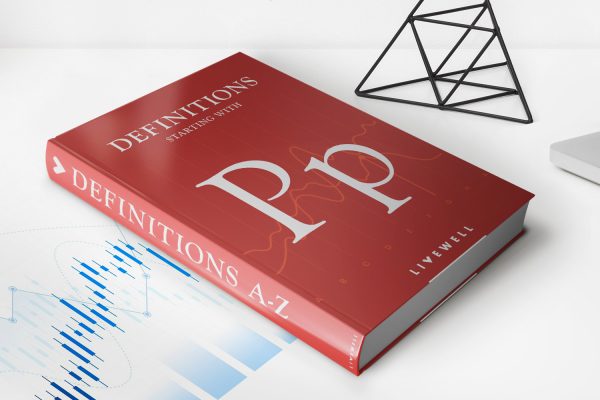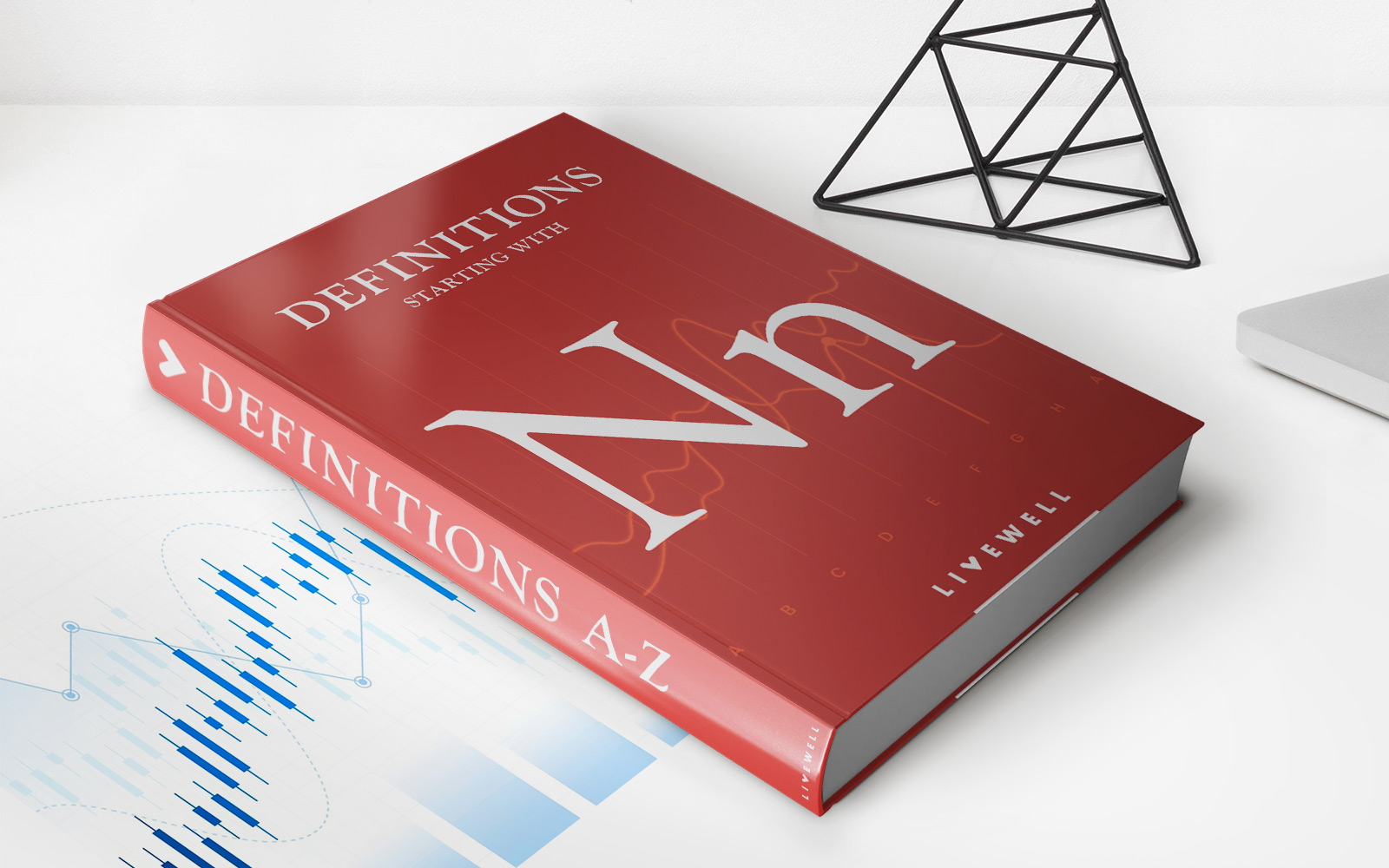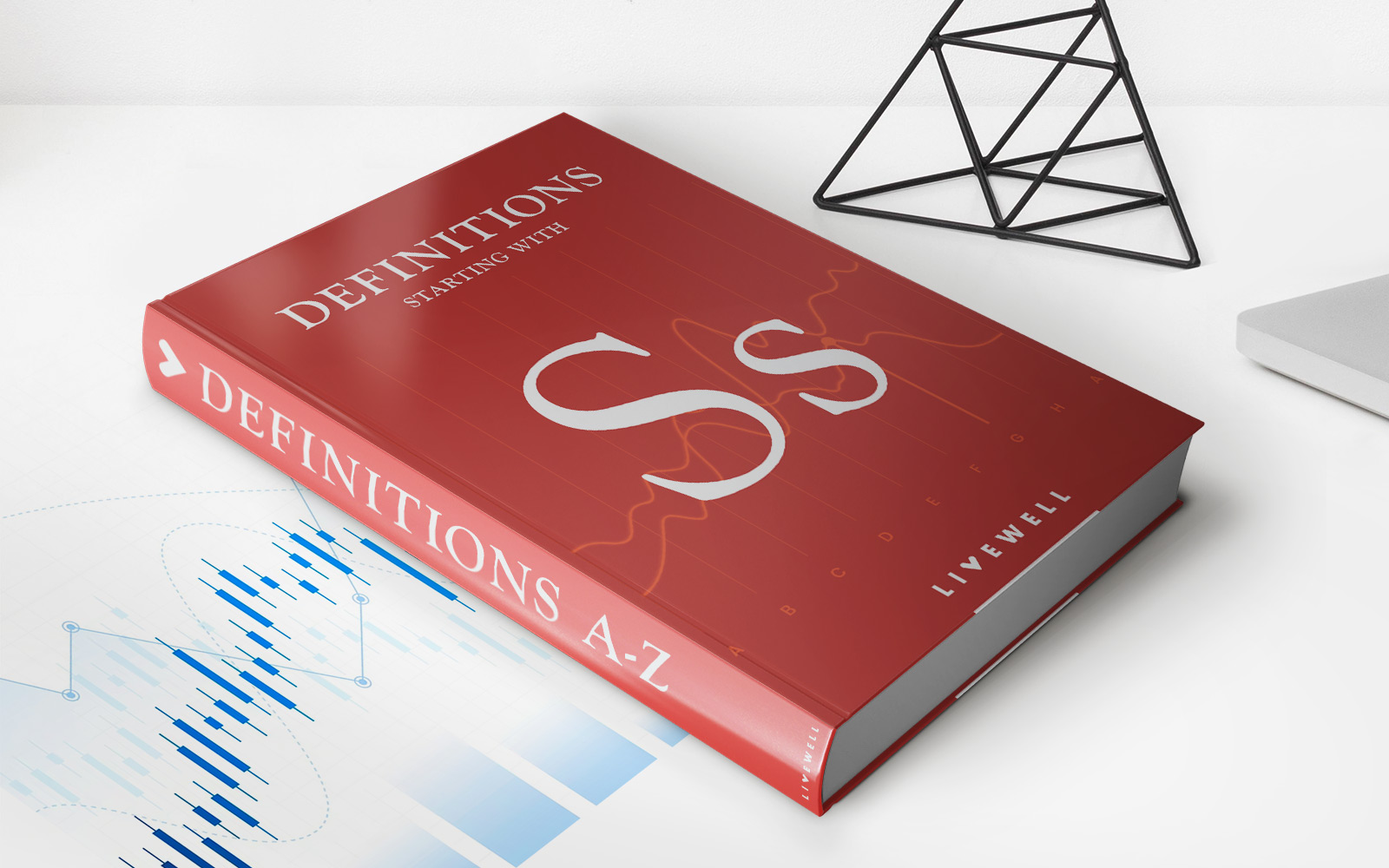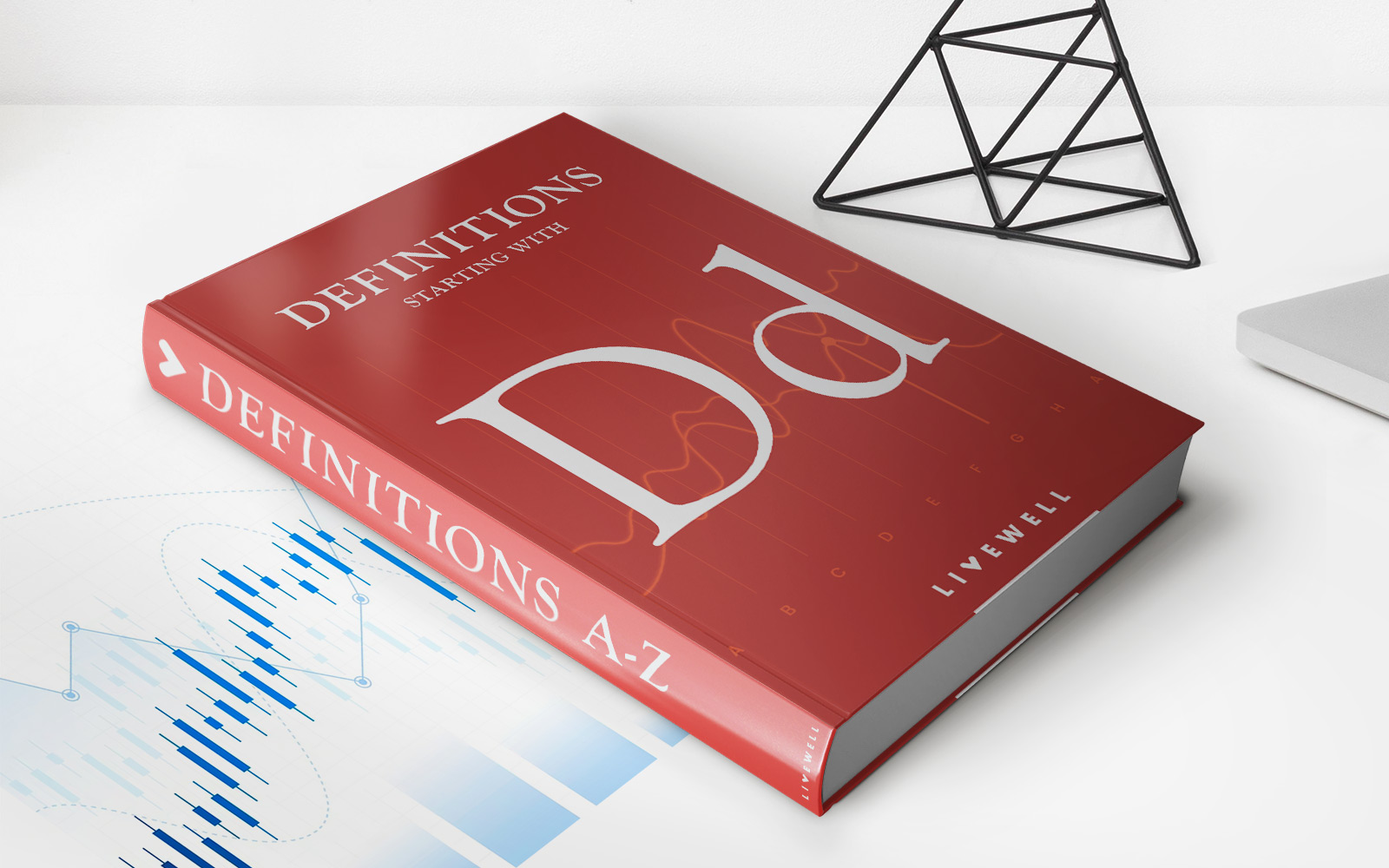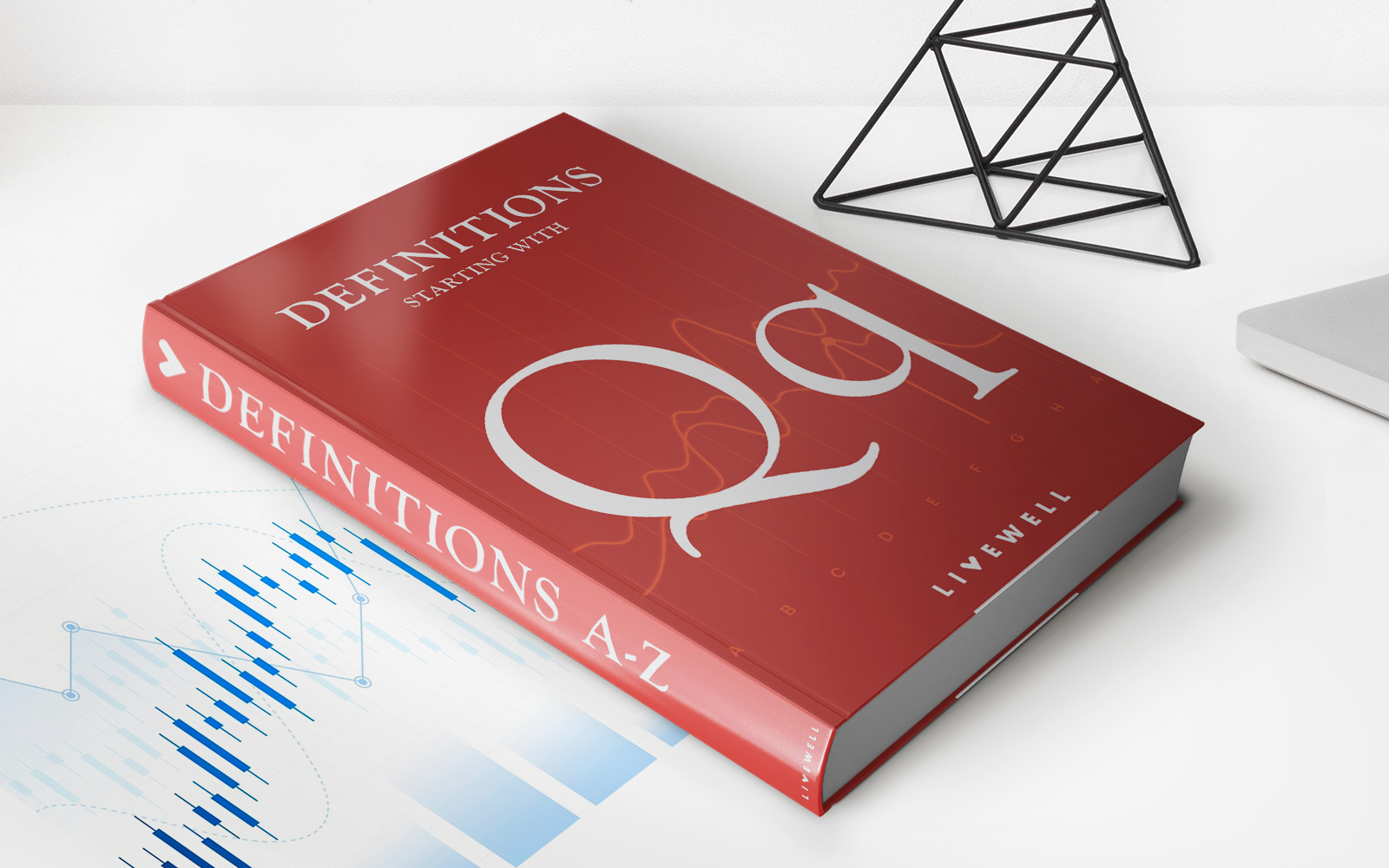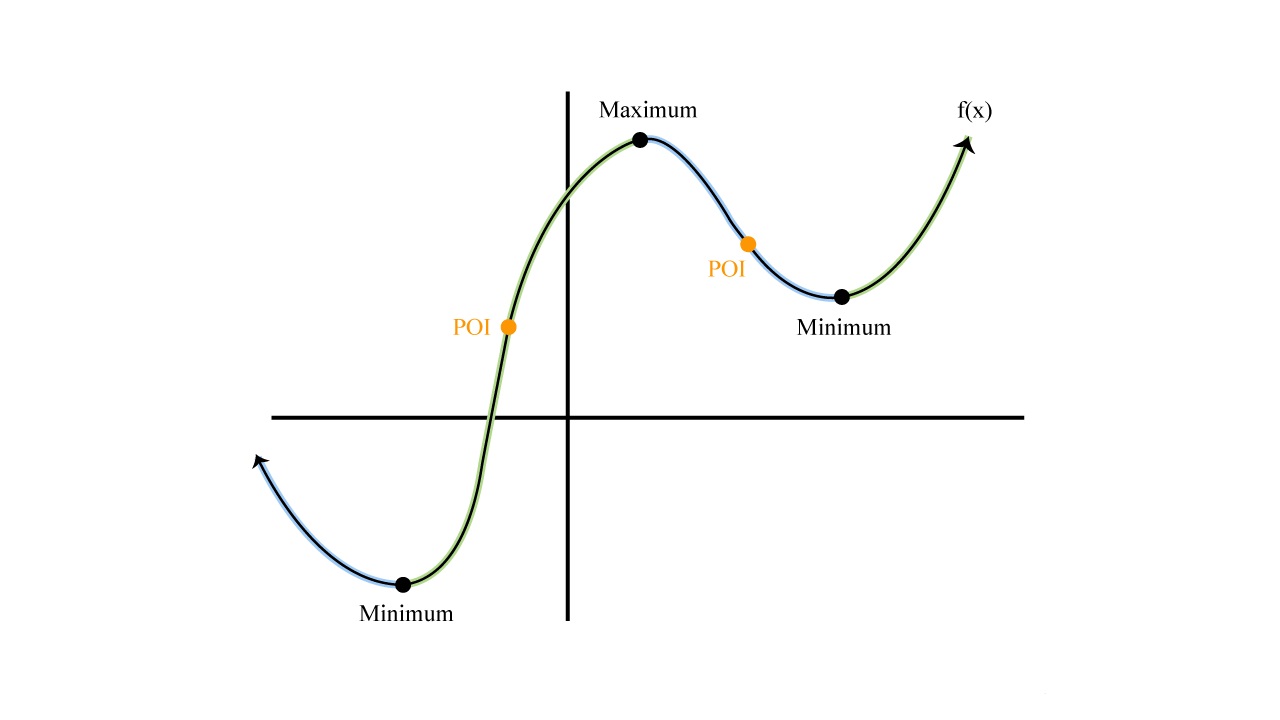Home>Finance>Change In Demand: Definition, Causes, Example, And Graph
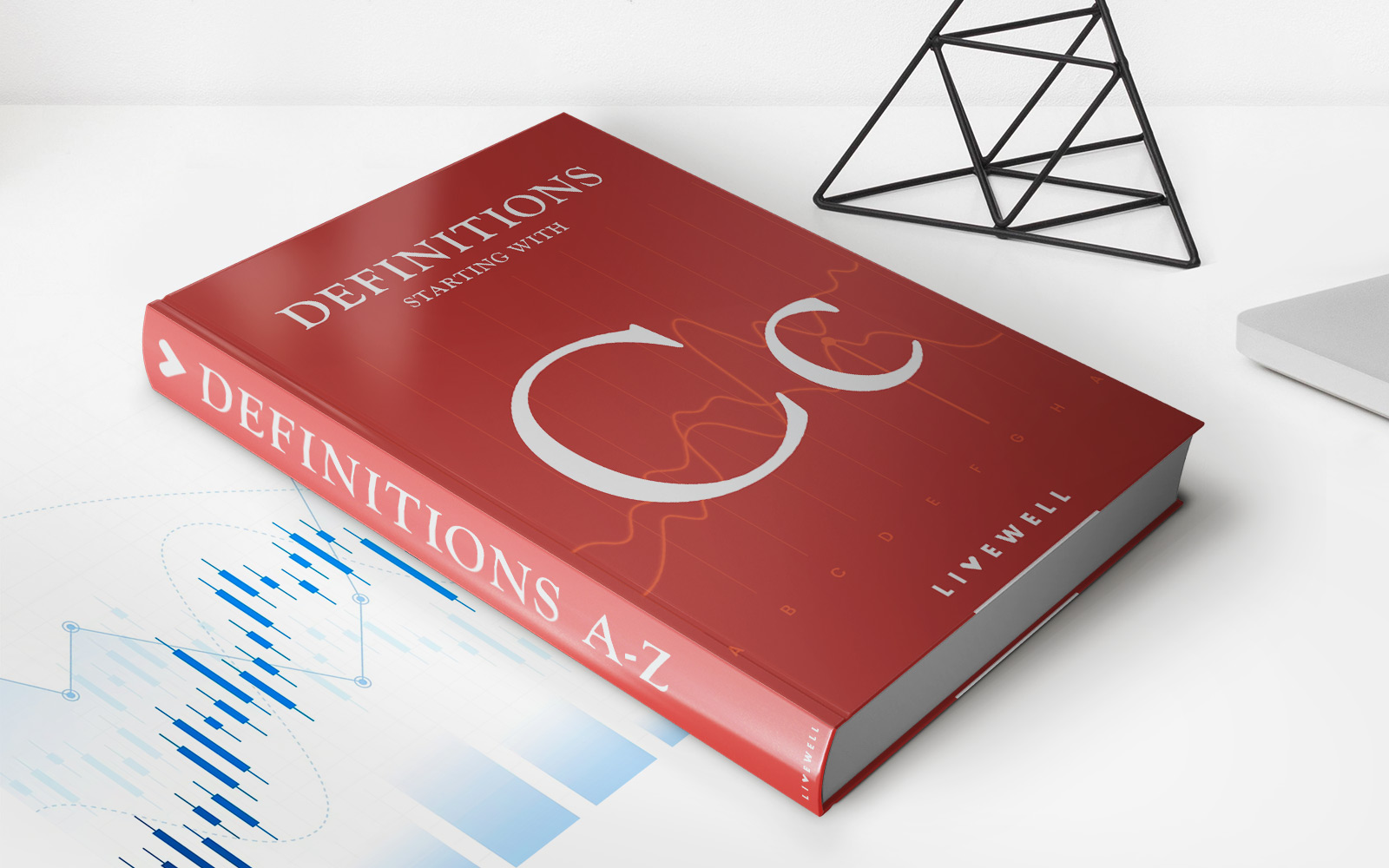

Finance
Change In Demand: Definition, Causes, Example, And Graph
Published: October 26, 2023
Learn about the definition, causes, and examples of change in demand in finance. Understand the concept through informative graphs and enhance your understanding of market dynamics.
(Many of the links in this article redirect to a specific reviewed product. Your purchase of these products through affiliate links helps to generate commission for LiveWell, at no extra cost. Learn more)
Change In Demand: Definition, Causes, Example, and Graph
Welcome to the Finance category of our blog! In today’s post, we will deep dive into the concept of change in demand. Whether you’re a finance enthusiast, a student studying economics, or someone curious about the factors that affect the demand for goods and services, this article is for you. So, grab a cup of coffee and let’s get started!
Key Takeaways:
- A change in demand refers to a shift in the entire demand curve, caused by various factors such as price, income, consumer preferences, expectations, and population.
- Understanding the factors that contribute to changes in demand is crucial for businesses to make informed decisions and adapt their pricing and marketing strategies accordingly.
The Definition
Before we delve into the causes and examples, let’s establish a clear definition of change in demand. In economics, demand refers to the quantity of a good or service that consumers are willing and able to purchase at various price levels. A change in demand occurs when the entire demand curve shifts left or right, indicating an increase or decrease in quantity demanded at every price level.
Causes of Change in Demand
Several factors can cause a change in demand. Let’s explore some of the most significant ones:
- Price: When the price of a substitute or complementary good changes, it can influence the demand for a particular product. For example, if the price of coffee rises, consumers may switch to tea, leading to a decrease in the demand for coffee and an increase in the demand for tea.
- Income: Changes in consumer income can have a profound effect on demand. When incomes rise, individuals tend to have more purchasing power, leading to a higher demand for normal goods. Conversely, a decrease in income may result in a decrease in demand for certain goods or a shift towards inferior goods.
- Consumer Preferences: Changes in consumer tastes and preferences can significantly impact demand. For instance, if there is a growing trend for healthier eating habits, the demand for organic and plant-based products may increase while the demand for processed foods might decline.
- Expectations: Anticipated changes in the future, such as price fluctuations, can cause consumers to adjust their purchasing behavior. If individuals expect the price of a product to increase in the near future, they may rush to buy it now, resulting in a temporary increase in demand.
- Population: Changes in population size and demographics can lead to shifts in demand. For example, an increase in the elderly population may result in higher demand for healthcare services and retirement products.
An Example and Graph
Let’s consider an example to better understand change in demand. Assume a popular smartphone brand releases a new model with advanced features and a higher price compared to its previous version. As a result:
- The demand curve for the previous smartphone model will shift left to indicate a decrease in demand at each price level.
- The demand curve for the new smartphone model will shift right to show an increase in demand at each price level.

In the graph above, the original demand curve (D1) represents the demand for the previous smartphone model. After the release of the new model, the demand curve shifts left to D2, suggesting a decrease in the quantity demanded at each price level.
Conclusion
Understanding change in demand is vital for businesses and individuals alike. By recognizing the various factors that can cause shifts in the demand curve, businesses can make informed decisions concerning pricing, product development, and marketing strategies. As for consumers, knowledge of change in demand can help them anticipate shifts in prices and make better purchasing decisions.
We hope this article has shed some light on the concept of change in demand. Feel free to explore more articles in our Finance category to expand your knowledge and stay updated with the latest trends and insights.
